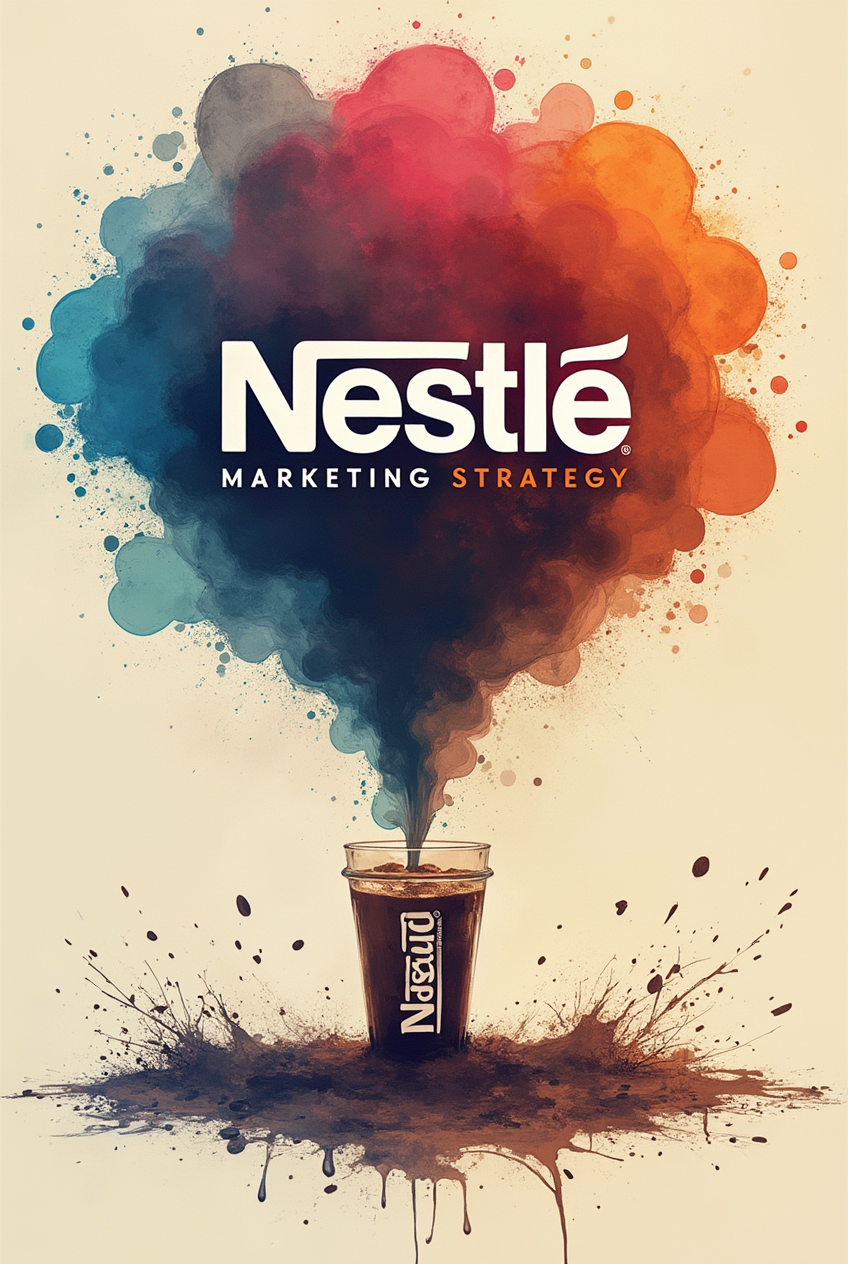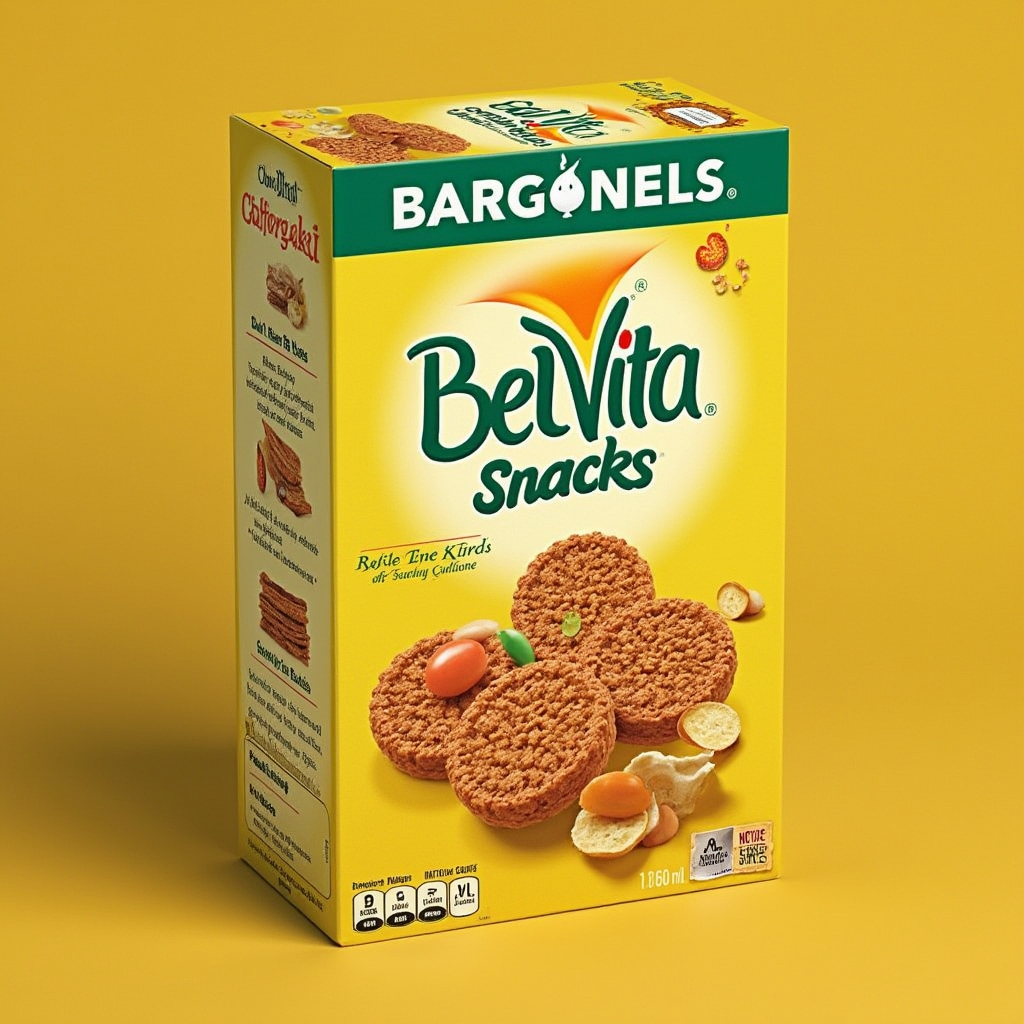Introduction to the Traditional 4Ps
The traditional marketing mix, often referred to as the 4Ps, includes Product, Price, Place, and Promotion. These four elements have been the foundation of marketing strategies for decades, helping businesses to structure their marketing efforts effectively. However, as markets evolved and businesses expanded, the need for a more comprehensive approach became evident. This led to the development of the extended marketing mix, incorporating three additional Ps: People, Process, and Physical Evidence.
Why the Marketing Mix Evolved
The original 4Ps were designed for tangible goods and relatively straightforward markets. As the service industry grew and businesses faced more complex environments, marketers realized that the traditional 4Ps were insufficient for addressing all aspects of modern marketing. The evolution to the 7Ps model reflects the need to consider factors that impact service delivery, customer experience, and the overall operational efficiency of a business.
The Additional 3Ps
The 7Ps model includes the original four elements and introduces three new components: People, Process, and Physical Evidence. These additional Ps help businesses in the service sector and other complex industries to address critical areas that influence customer satisfaction and business success.
1. People
In the context of the marketing mix, People refer to everyone involved in the product or service delivery process. This includes employees, management, and even customers. People play a crucial role in shaping the customer experience and can significantly influence the perceived value of a product or service. Key considerations for People include:
- Employee Training: Ensuring that employees are well-trained and knowledgeable about the product or service.
- Customer Service: Providing exceptional customer service to enhance satisfaction and loyalty.
- Company Culture: Fostering a positive company culture that motivates employees to perform their best.
- Customer Interaction: Managing how employees interact with customers to create positive experiences.
2. Process
Process refers to the procedures, mechanisms, and flow of activities that lead to the delivery of a product or service. Efficient and effective processes ensure that products or services are delivered consistently and meet customer expectations. Key considerations for Process include:
- Service Delivery: Designing processes that ensure timely and reliable service delivery.
- Operational Efficiency: Streamlining operations to reduce costs and improve quality.
- Customer Feedback: Implementing systems to gather and respond to customer feedback.
- Innovation: Continuously improving processes to stay competitive and meet changing customer needs.
3. Physical Evidence
Physical Evidence refers to the tangible elements that support the delivery of a product or service and help customers evaluate its quality. This is particularly important for services, which are intangible by nature. Key considerations for Physical Evidence include:
- Environment: Creating a physical environment that reflects the quality and branding of the product or service.
- Packaging: Designing packaging that communicates the value and quality of the product.
- Branding Materials: Using brochures, websites, and other materials to provide information and reassurance to customers.
- Facilities: Maintaining clean, well-organized facilities that enhance the customer experience.
How the 7Ps Apply to Modern Marketing
The 7Ps model offers a comprehensive framework for developing and implementing marketing strategies in today’s complex business environment. Here’s how each element contributes to a modern marketing strategy:
1. Product
In the 7Ps model, the Product element remains central. Businesses must continue to focus on creating high-quality products that meet customer needs. However, the expanded model also emphasizes the importance of product-related services, such as customer support and after-sales service.
2. Price
Pricing strategies must be flexible and consider various factors, including market conditions, competition, and customer perceptions. Modern pricing strategies might include dynamic pricing, subscription models, and freemium offers to attract and retain customers.
3. Place
Place, or distribution, has evolved with the rise of e-commerce and digital channels. Businesses must consider both physical and online distribution channels to reach a broader audience. Effective logistics and supply chain management are also crucial for timely delivery.
4. Promotion
Promotion strategies have expanded to include digital marketing, social media, content marketing, and influencer partnerships. Businesses must integrate traditional and digital promotion methods to engage with customers across multiple touchpoints.
5. People
In modern marketing, the role of People is more critical than ever. Companies must invest in employee training and development, foster a positive workplace culture, and prioritize customer-centric approaches. Happy and engaged employees are more likely to provide excellent customer service.
6. Process
Streamlined and efficient processes are essential for delivering consistent and high-quality services. Businesses should leverage technology to automate processes, improve operational efficiency, and enhance customer experiences. Continuous process improvement is necessary to adapt to changing market demands.
7. Physical Evidence
Physical Evidence in the digital age includes not only physical environments and packaging but also online elements such as website design, user interface, and digital branding materials. Companies must ensure that all physical and digital touchpoints convey quality and trustworthiness.
Case Studies of Businesses Using the 7Ps
To understand the practical application of the 7Ps, let’s examine a few companies that have successfully implemented this extended marketing mix.
1. Starbucks
- Product: Starbucks offers a wide range of high-quality coffee and beverages, along with snacks and merchandise.
- Price: Starbucks uses a premium pricing strategy to position its products as high-value.
- Place: Starbucks stores are strategically located in high-traffic areas, and their products are also available online.
- Promotion: Starbucks utilizes digital marketing, loyalty programs, and social media engagement.
- People: Starbucks invests in employee training and development, fostering a customer-focused culture.
- Process: Efficient processes ensure consistent product quality and quick service.
- Physical Evidence: Starbucks stores provide a comfortable and inviting atmosphere, reinforcing the brand’s quality.
2. Amazon
- Product: Amazon offers a vast range of products and services, including retail goods, digital content, and cloud computing.
- Price: Amazon uses competitive pricing and dynamic pricing strategies.
- Place: Amazon’s online platform provides global reach, complemented by physical fulfillment centers.
- Promotion: Amazon uses targeted advertising, email marketing, and Prime membership benefits.
- People: Amazon focuses on customer satisfaction and efficient service through trained staff and robust customer support.
- Process: Advanced logistics and supply chain management ensure fast and reliable delivery.
- Physical Evidence: Amazon’s website is user-friendly and provides detailed product information and reviews.
3. Disney
- Product: Disney offers entertainment products, including movies, TV shows, theme parks, and merchandise.
- Price: Disney uses a value-based pricing strategy, reflecting the unique experiences and high quality.
- Place: Disney products are available in theaters, retail stores, online platforms, and theme parks worldwide.
- Promotion: Disney uses extensive advertising, partnerships, and digital marketing campaigns.
- People: Disney invests in training employees to deliver exceptional customer service and memorable experiences.
- Process: Efficient operational processes ensure smooth and enjoyable customer experiences at theme parks and other venues.
- Physical Evidence: Disney theme parks and stores are meticulously designed to create an immersive and magical environment.
Conclusion
The evolution from the 4Ps to the 7Ps marketing mix reflects the growing complexity of the business environment and the need for a more holistic approach to marketing. By incorporating People, Process, and Physical Evidence, businesses can better address the unique challenges of service delivery, customer experience, and operational efficiency. Understanding and implementing the 7Ps can help companies create comprehensive marketing strategies that drive success in today’s competitive marketplace.










